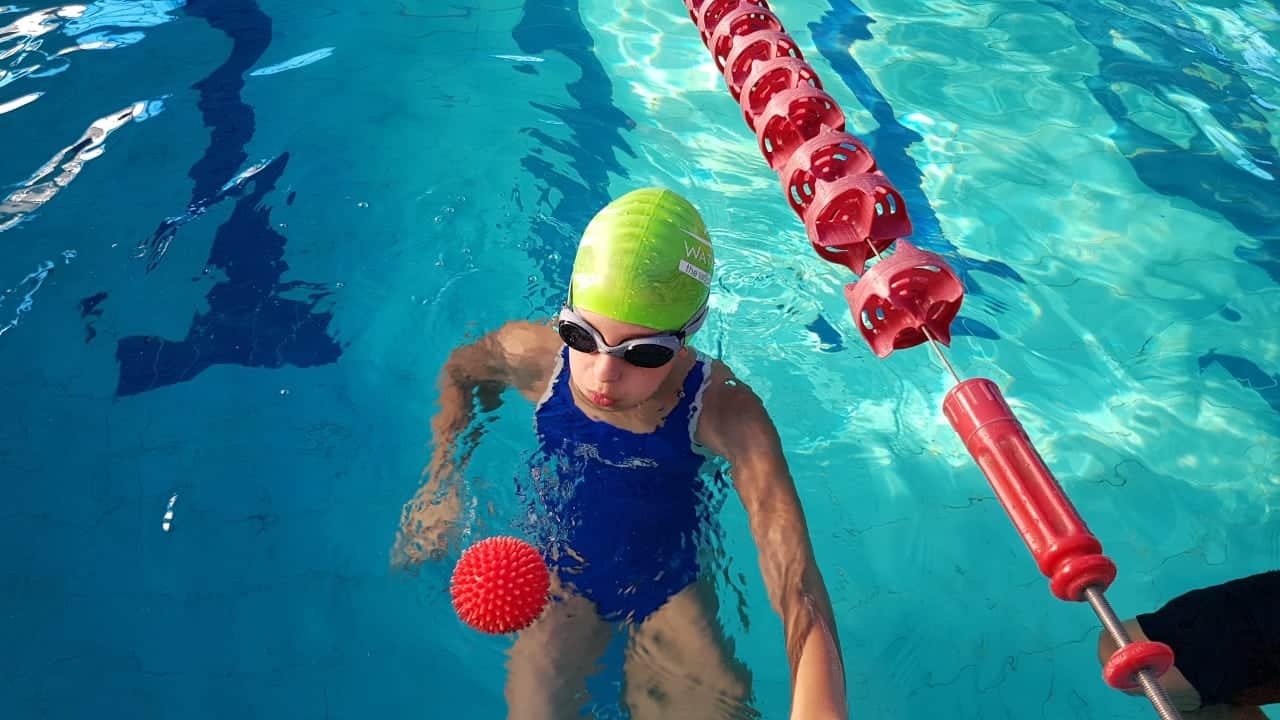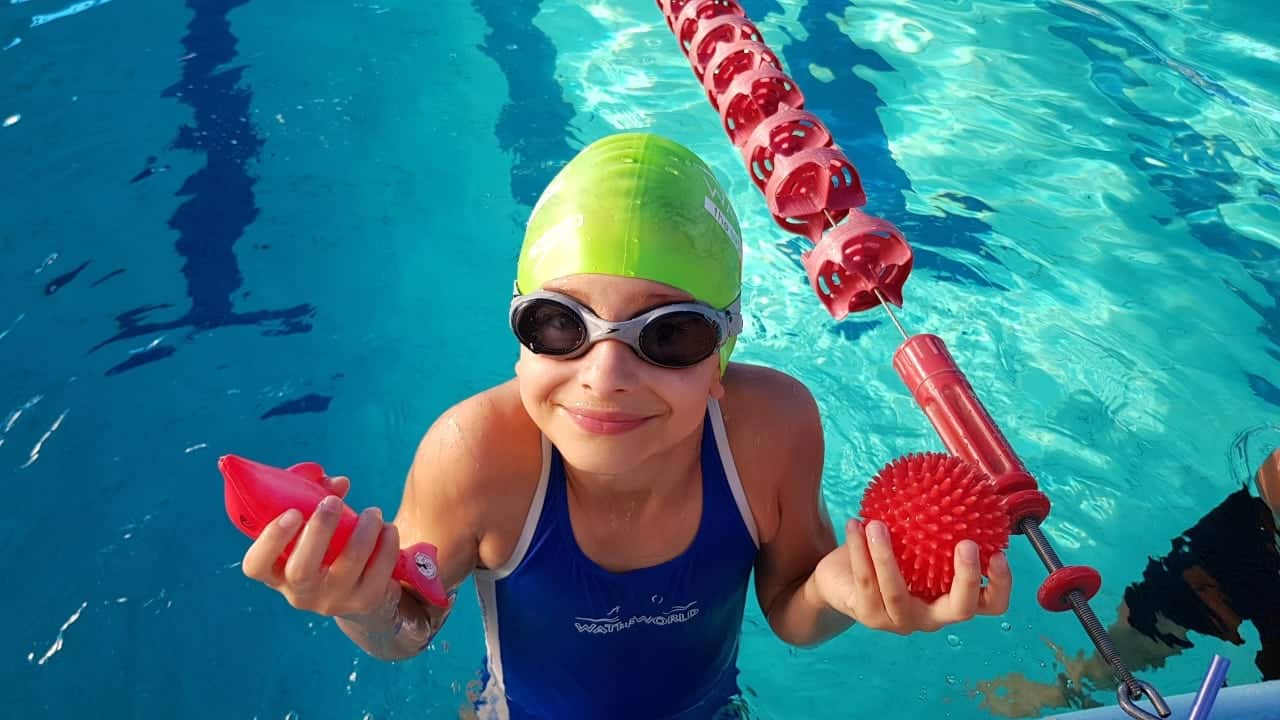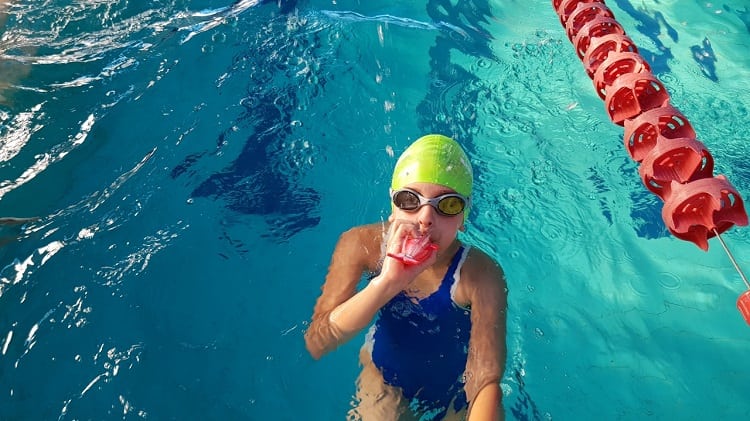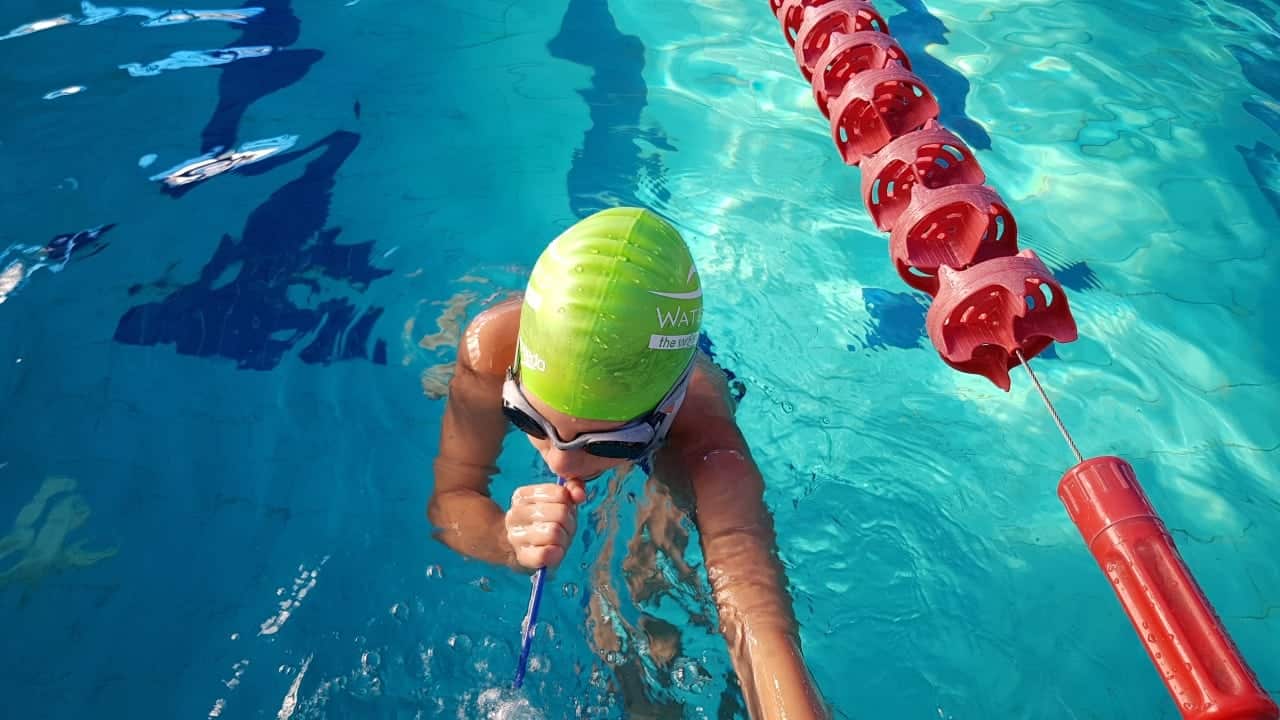How to improve your child’s swimming ability without going to the pool?
We invest heavily in our children, striving to provide them with the maximum conditions for developing and acquiring skills and abilities in as many fields as possible, an investment that requires considerable financial effort and time from the parents. When it comes to swimming, the expense is accompanied by transportation of the child to the swimming pool and returning from it and most of us have difficulty in investing additional time in it. Many parents who wish to improve their children’s swimming skills are interested in a solution that does not require additional resources and time, and yet achieves better results for their children. But can you eat the cake and leave it whole too? When it comes to developing the child’s breathing capacity, it turns out that you can.
The following article will help you improve your child’s breathing abilities even in the bath, using four simple accessories with which to perform a number of exercises that develop the lungs and the ability to supply oxygen.
The first device you can practice breathing with is a ball. The child must blow vigorously on a ball in water without touching it, thus pushing it forward. A hoop can be placed to motivate the child to move the ball inside the hoop. This basic exercise teaches the child to perform a strong exhalation and thus strengthens the chest and diaphragm muscles.
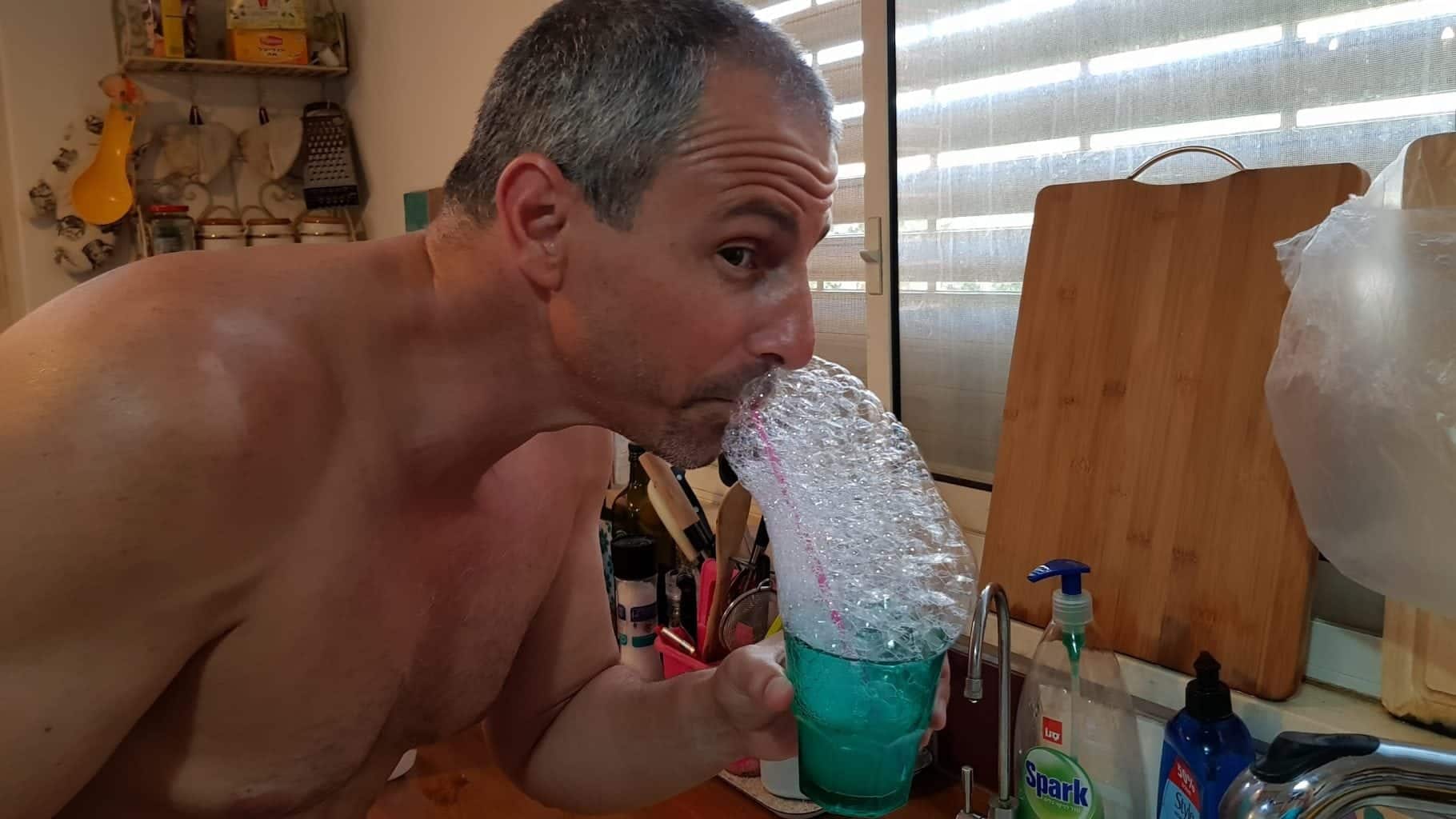
Improving breathing for swimming lessons – bubbles with shampoo
The exercise is done using a cup and a straw. Fill the cup with water and add a little shampoo and then ask the child to blow into the cup of water with a straw (you can start with a cup of water without shampoo until the child grasps the exhalation action so that he does not swallow water with soap). After the child discovers that the action produces bubbles, he will be excited and automatically breathe hard and over time to produce many bubbles that rise above the rim of the cup. Breathing longer than five seconds will improve your child’s breathing capacity.
Improving breathing in swimming – Exhalation with a dolphin
A third exercise is using toys for an exhalation game. There is, for example, a dolphin toy that is very suitable for this practice. It has two holes, one in the mouth and the other in the tail area. The dolphin toy is filled with water and the child is allowed to breathe into the mouth of the dolphin and from the other hole comes a water fountain. It is important for the child to do this first outside the water so that he will practice exhaling properly without getting water into his mouth and only then to perform the exercise when the dolphin toy is in the water.
Bubble exercises for swimming lessons – Bubbles with a straw in the bath or directly at the water line.
The last exercise is very simple and requires no accessories. We ask the child in the bath to exhale as many bubbles as possible in the water, first with force and accompanied by noise and then weak over time, and to perform it several times on and off.
In general, inhalation is the least problematic, precisely because we have less control over it. We need to adjust the exhalation to our immersion in the water to avoid a situation in which we get all the air out of the lungs during swimming and feel a need to breathe quickly, which can cause us to swallow water. The exercises presented here are the basis for correct breathing actions in swimming and can be performed simply and with minimal or zero investment of time and money.
Many children who do not work on proper breathing swallow water that they inhale through the nose. This can easily cause water fear and lack of desire to learn to swim. Through some fun exercises in the bathtub you can actually develop your child’s exhalation ability and it can also lead to a different, better experience when going to the swimming lessons.
